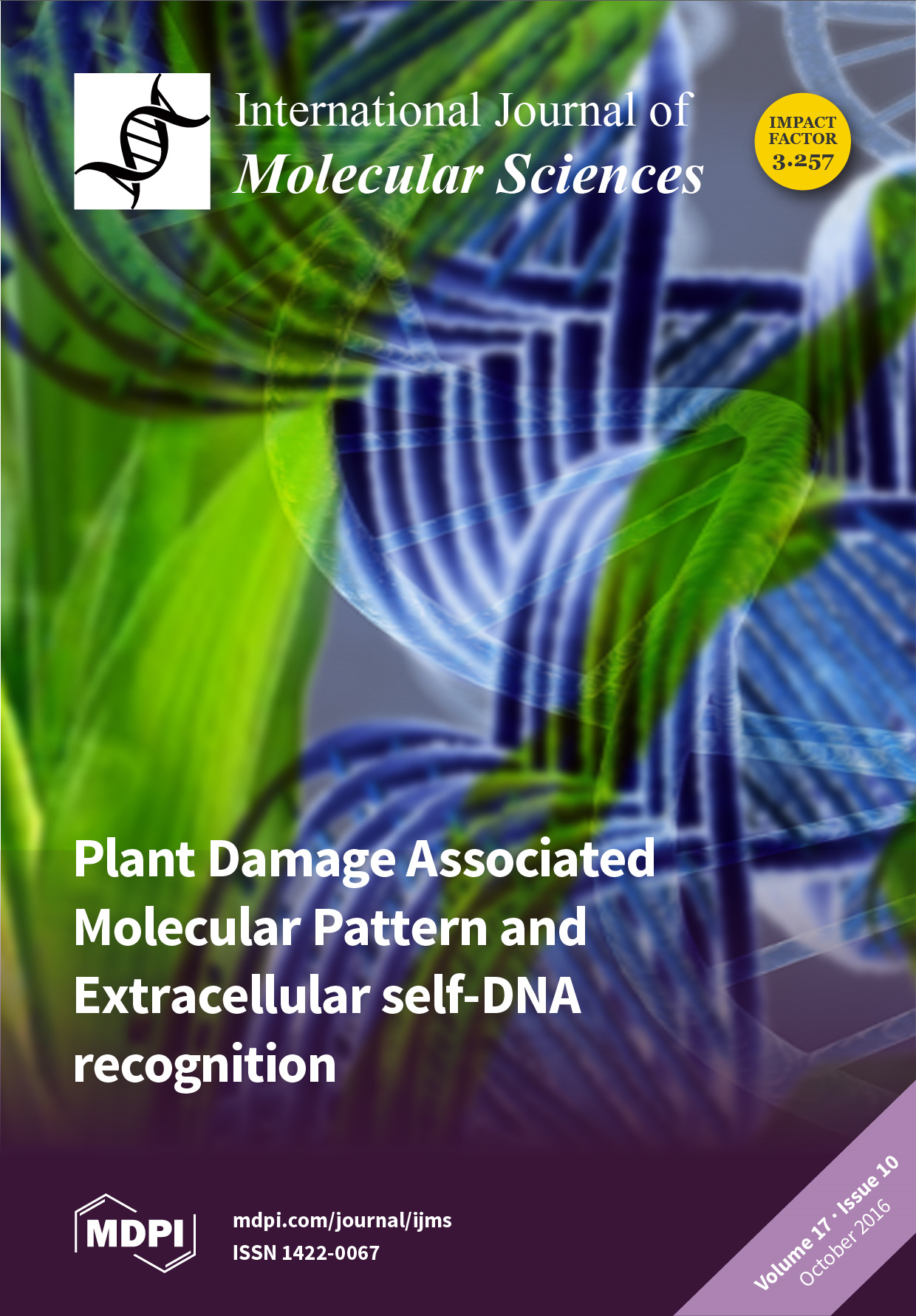Epidemiological studies regarding the relationship between vitamin D, genetic polymorphisms in the vitamin D metabolism, cigarette smoke and non-small cell lung cancer (NSCLC) risk have not been investigated comprehensively. To search for additional evidence, the polymerase chain reaction-restriction fragment length polymorphism (PCR-RFLP) technique and radioimmunoassay method were utilized to evaluate 5 single-nucleotide polymorphisms (SNPs) in vitamin D receptor (
VDR), 6 SNPs in 24-hydroxylase (
CYP24A1), 2 SNPs in 1α-hydroxylase (
CYP27B1) and 2 SNPs in vitamin D-binding protein (group-specific component,
GC) and plasma vitamin D levels in 426 NSCLC cases and 445 controls from China. Exposure to cigarette smoke was ascertained through questionnaire information. Multivariable linear regressions and mixed effects models were used in statistical analysis. The results showed that Reference SNP rs6068816 in
CYP24A1, rs1544410 and rs731236 in
VDR and rs7041 in
GC were statistically significant in relation to reduction in NSCLC risk (
p < 0.001–0.05). No significant connection was seen between NSCLC risk and overall plasma 25-hydroxyvitamin D [25(OH)D] concentrations, regardless of smoking status. However, the mutation genotype of
CYP24A1 rs6068816 and
VDR rs1544410 were also significantly associated with increased 25(OH)D levels only in both the smoker and non-smoker cases (
p < 0.01–0.05). Meanwhile, smokers and non-smokers with mutated homozygous rs2181874 in
CYP24A1 had significantly increased NSCLC risk (odds ratio (OR) = 2.14, 95% confidence interval (CI) 1.47–3.43;
p = 0.031; OR = 3.57, 95% CI 2.66–4.74;
p = 0.019, respectively). Smokers with mutated homozygous rs10735810 in
VDR had significantly increased NSCLC risk (OR = 1.93, 95% CI 1.41–2.76;
p = 0.015). However, smokers with mutated homozygous rs6068816 in
CYP24A1 had significantly decreased NSCLC risk (OR = 0.43, 95% CI 0.27–1.02;
p = 0.006); and smokers and non-smokers with mutated homozygous rs1544410 in
VDR had significantly decreased NSCLC risk (OR = 0.51, 95% CI 0.34–1.17;
p = 0.002; OR = 0.26, 95% CI 0.20–0.69;
p = 0.001, respectively). There are significant joint effects between smoking and
CYP24A1 rs2181874,
CYP24A1 rs6068816,
VDR rs10735810, and
VDR rs1544410 (
p < 0.01–0.05). Smokers with mutated homozygous rs10735810 in
VDR had significantly increased NSCLC risk (OR = 1.93, 95% CI 1.41–2.76;
p = 0.015). In summary, the results suggested that the lower the distribution of vitamin D concentration, the more the genetic variations in
CYP24A1,
VDR and
GC genes may be associated with NSCLC risk. In addition, there are significant joint associations of cigarette smoking and vitamin D deficiency on NSCLC risk.
Full article






